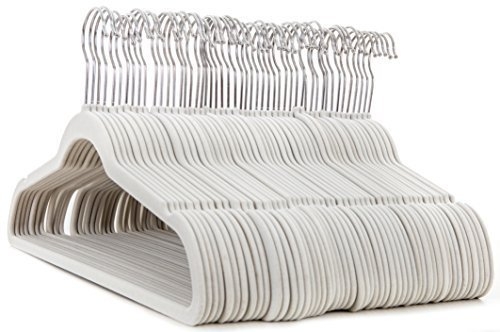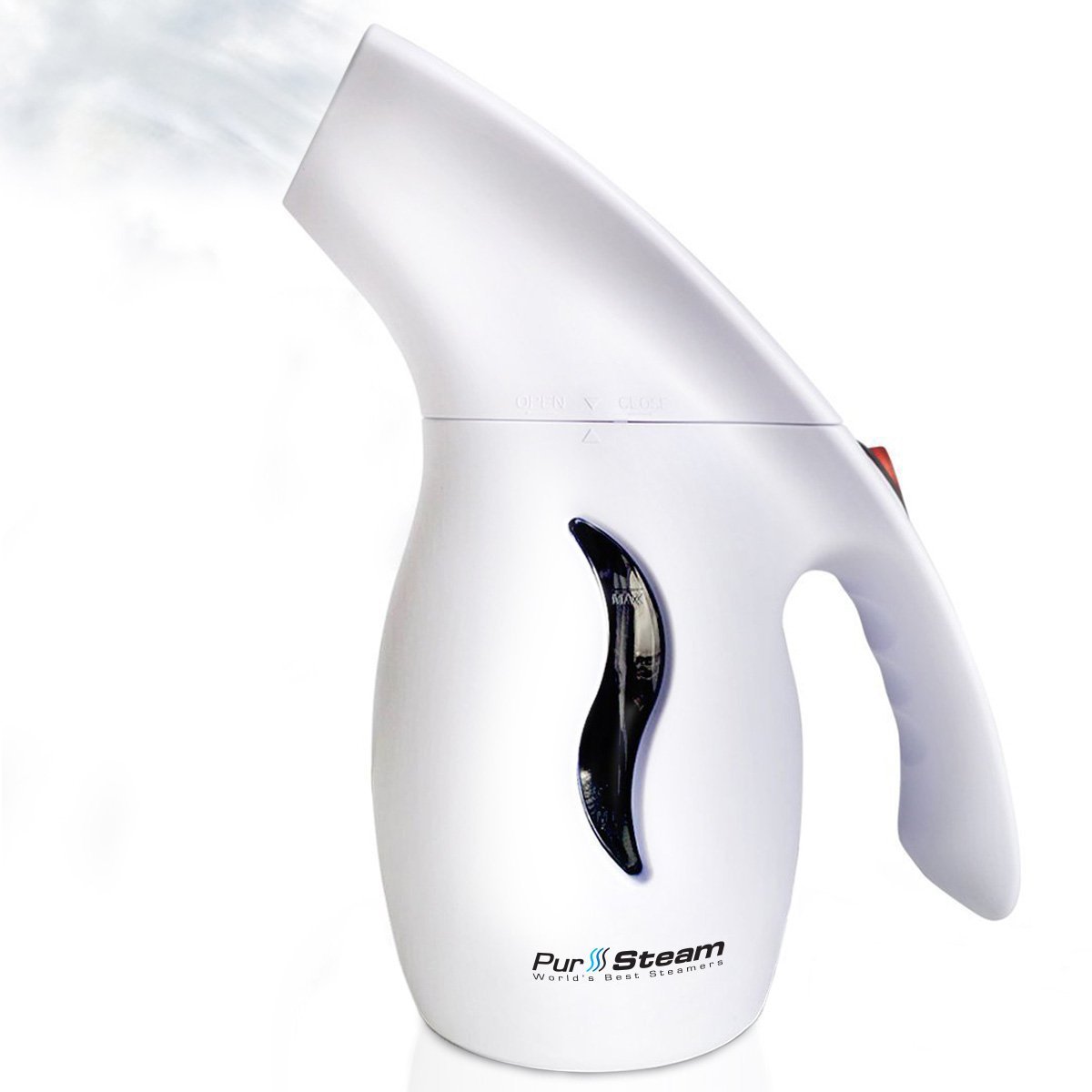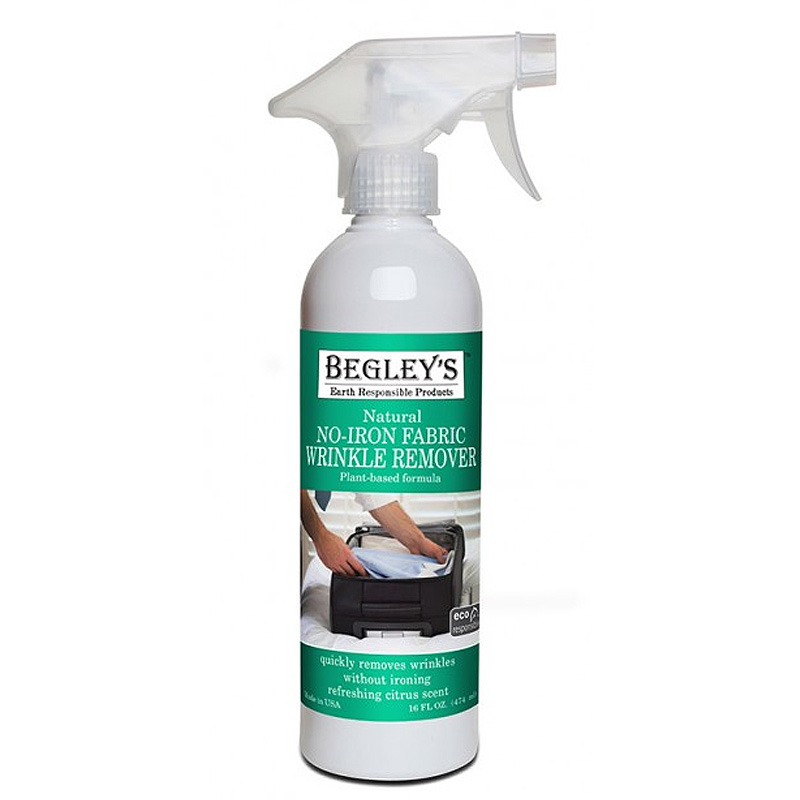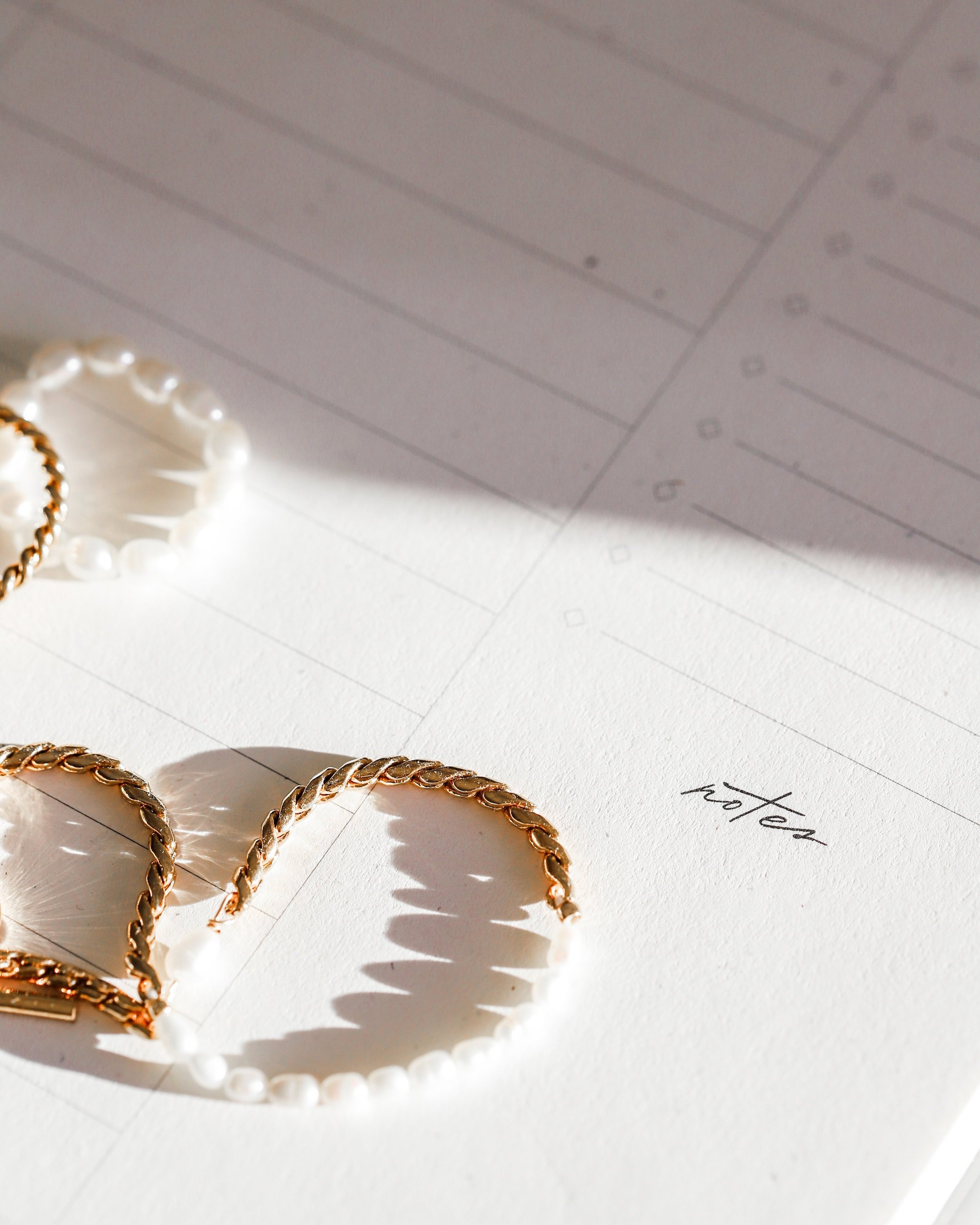We love natural fibers, especially during the summer when the temperatures rise and keeping cool is a necessity. As we blogged earlier this year, linen and cotton linen blends are very popular fabrications in fashion. The natural texture adds richness to a summer wardrobe and the composition of the fabrics work well in warm climates. Now that you have a few great linen pieces, how do you take care of them so they keep their shape and last several seasons?
Megan and I set out to do a little research beyond recommended use and care labels. While those little white labels are helpful (yes, please read them!), dry clean only may not actually be your only option. See below for our guidelines and what we recommend for loving your linen.
Stay Stylish,
K&M
Why Choose Linen Over Cotton
Once you know the basics, linen is just as easy to care for as cotton and can be more durable over time. Plus, the fabric gets better with each wash, unlike cotton which can become threadbare as the fibers are weakened. Linen also uses less resources in its production, which makes it a more eco-friendly fabric than cotton.
Washing Your Linen
You want to hand wash your linen pieces when possible with a gentle detergent, If it is a linen sports coat or structured piece, opt for the dry cleaners. Spot clean areas for a deeper clean when needed, but with its natural structure linen will break down with harsh chemicals. While linen will get softer with each wash, we recommend hang drying linen pieces to retain the shape and color. If you have a spot to line dry your linen outside, even better!
Steam, Do Not Iron Your Linen
Wrinkles are just part of the linen lifestyle, so if you are very particular and pressed, this may not be the best choice for you. Keep in mind that most plant-based fibers are known for their structure, but not necessarily their bounce back retention. Expect linen to shrink up with wash and release and stretch with wear. Higher quality linen will have a stronger weave and fiber that will not lose as much shape, but change is to be expected. We always recommend investing in a good steamer to release wrinkles and keep your garment looking crisp.
Pro tip: Steam items inside out to protect the finish of the fabric. Additionally, steaming inside out will lessen the likelihood of scorching or bleaching out dye from your linen.
Storing Your Linen
Linen items will wrinkle if stored in dresser drawers, so opt to hang them in your closet instead (this will save your from steaming items before each wear). Use sturdy velvet or wooden hangers to help the linen items maintain their shape. When it comes to storing your linen pieces, you want to avoid plastic bags, cardboard boxes, or cedar chests. Linen naturally has insect repellant properties, so you don't need to worry about moths or other insects creating unwelcome holes in the fabric. When you take linen out of storage, give it a good airing and wash if it needs a bit of a refresh.
Tips for Wearing Linen
Below are a few of our favorite tips to prevent your linen clothing from wrinkling during the day:
1. Remove your linen jacket while driving or during extended periods of sitting. Keep a hanger in your car and behind your office door to hang your jacket until you need to wear it again.
2. Linen pants tend to wrinkle easily. To reduce fabric stretch, sagging, and extra wrinkles, gently lift your pants from the knees as you sit down.
3. Keep a small bottle of wrinkle release spray in your desk or purse. Spritz it on the fabrics and gently tug to release any wrinkles mid-day or before heading out at night.















